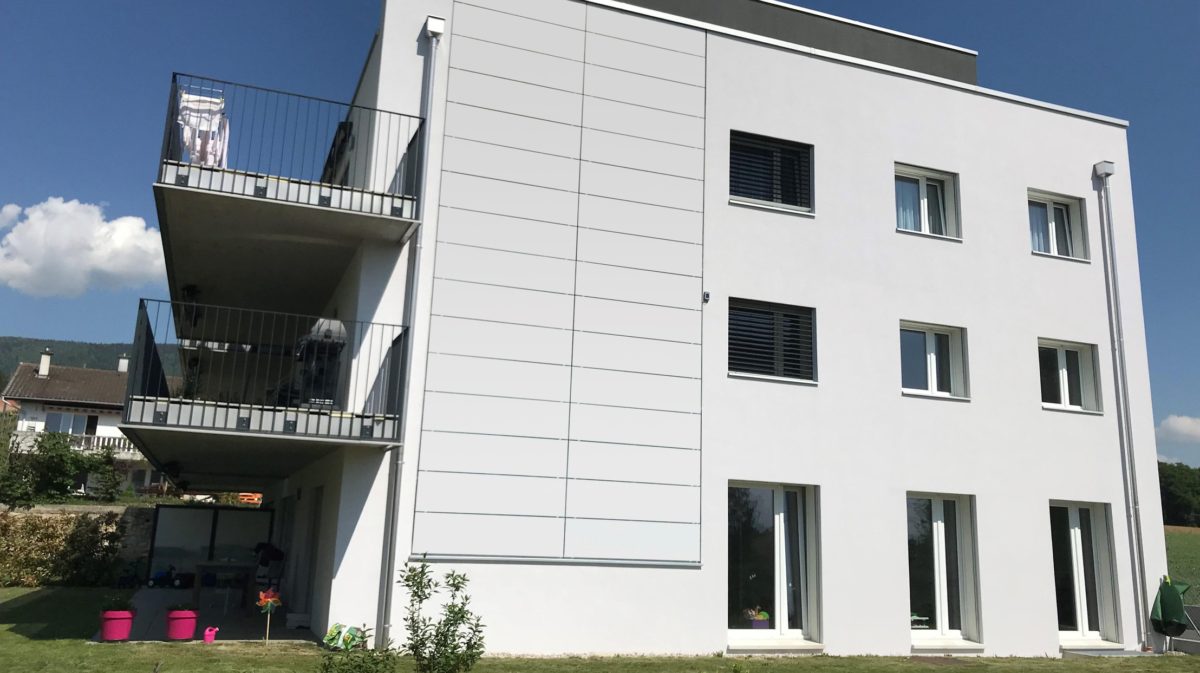École Polytechnique Fédérale De Lausanne (EPFL) today announced that it will be coordinating an EU wide research project that aims to step up deployment of building integrated PV components (BIPV) across the continent, ahead of upcoming building regulations that will require new buildings in EU member states to be ‘nearly zero energy’ by 2020.
The project, Be-Smart, is made up of 15 partners, including the Swiss center for microelectronics (CSEM) as well as other research institutes, PV materials companies, architects, and construction firms. According to Be-Smart’s website, aims include reducing the manufacturing cost of BIPV components 50% by 2020 and 75% by 2030, based on 2015 levels, and supporting the industrialization of new materials and processes.
“The use of BIPV in facades and in the construction sector more broadly is expanding rapidly, thanks in part to the pioneering technology developed by EPFL and CSEM,” says Laure-Emmanuelle Perret-Aebi, coordinator of the project at EPFL's Photovoltaics and Thin Film Electronics Laboratory (PV-Lab). “But we need to make this technology more accessible so that it can be used more extensively and not just in flagship building projects.”
Research is set to focus on modifying crystalline silicon cells – which have the reliability track record to be used in long-term construction projects – to combine them with other desirable attributes for building materials, such as insulation, soundproofing and aesthetic qualities.
While commercial BIPV projects do already exist, the technology remains a niche market that has struggled to grow beyond a few flagship projects, with architects and building owners often reluctant due to the price of such components, and the limitations in terms of design – both issues that Be-Smart is promising to address.
The project was initiated in October 2018 and is currently set to run for four years. It has received €8,155,173 in funding from the EU’s Horizon 2020 program.
This article was amended on 12/03/19 to correct the date error mentioned below, in the comments section.
This content is protected by copyright and may not be reused. If you want to cooperate with us and would like to reuse some of our content, please contact: editors@pv-magazine.com.




Hi,
It looks as if a digit would be missing from the year:
“cost of BIPV components 50% by 202 and 75%”
Good spot, thanks for keeping us on our toes.